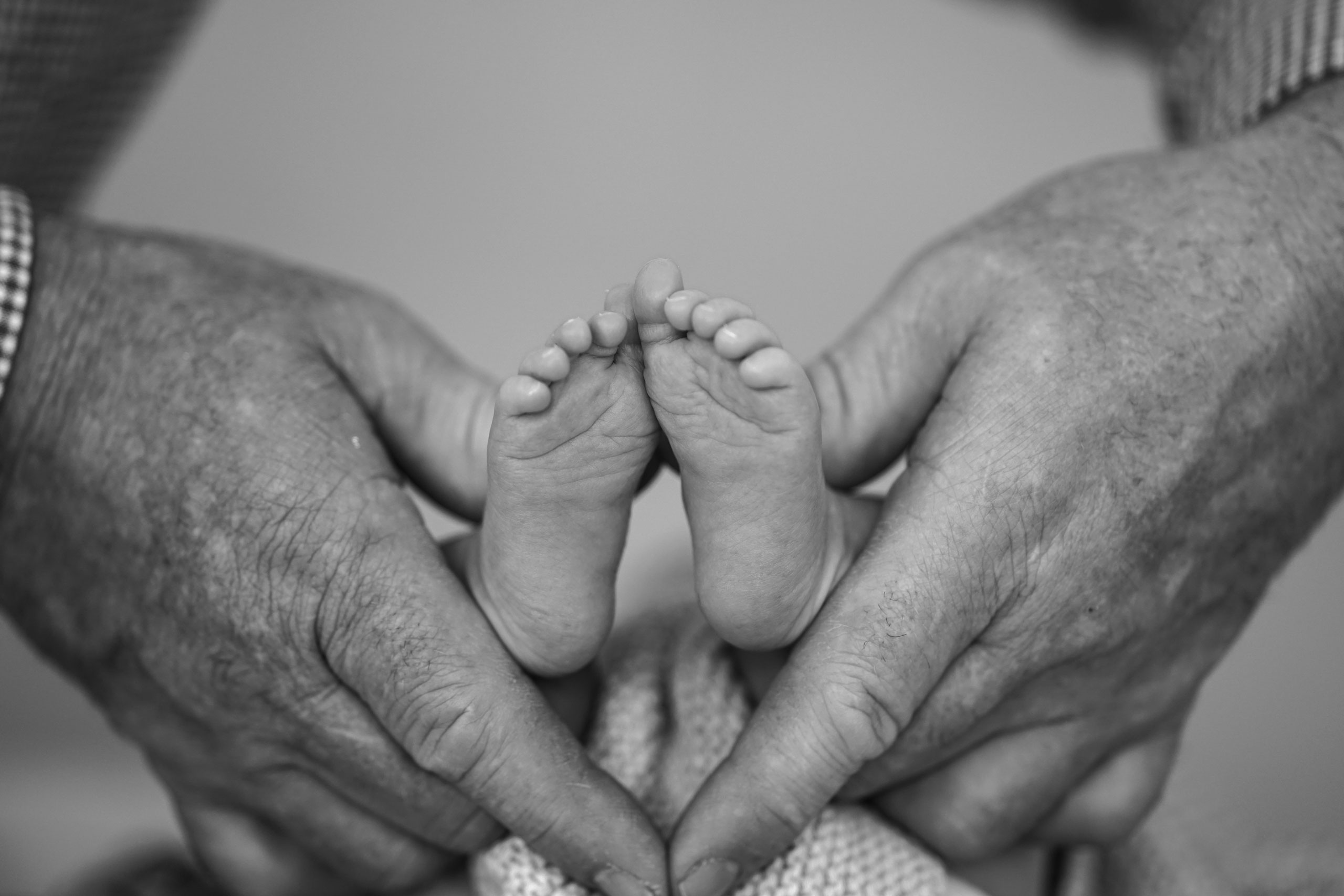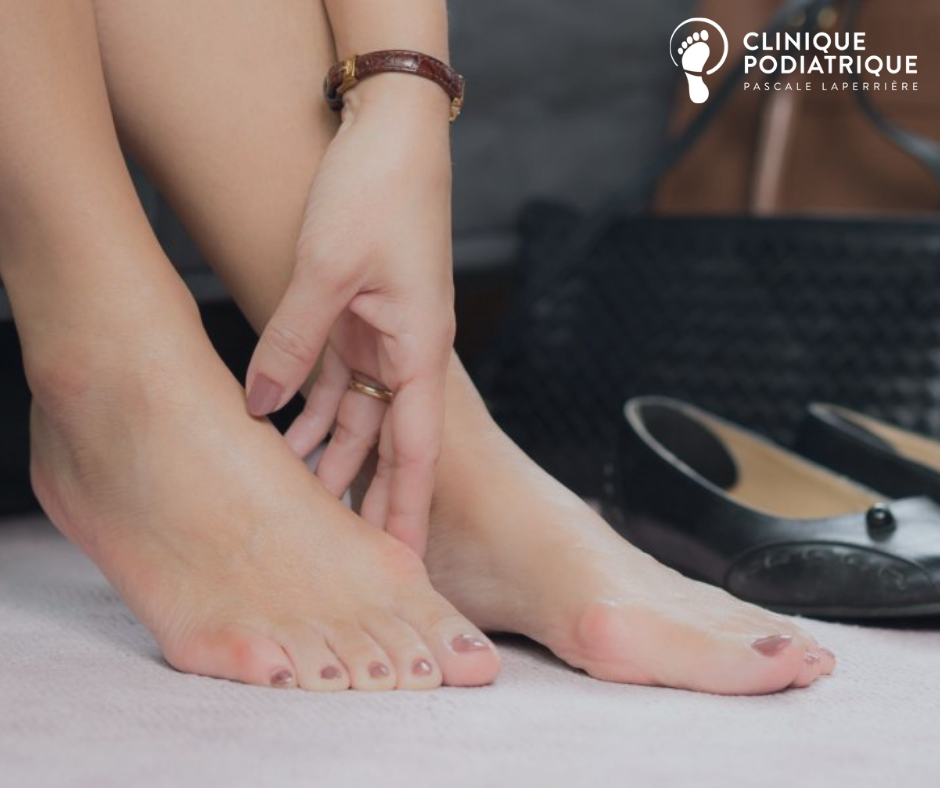Fungus can infect your skin (athlete’s foot/tinea pedis) or your nails (onychomycosis).
Athlete’s foot (tinea pedis) is an infection caused by microorganisms that attack the skin of the feet, often between the toes and underneath the feet. The skin can appear reddish and cracked and may cause itching. These opportunistic microorganisms thrive in the presence of moisture, heat, and darkness, which is why the infection is more common in the feet. The infection is contagious and can easily be transmitted from one person to another, for example, in public places such as a gym, shared showers, and swimming pools, or any humid or warm environment.
Athlete’s foot can resemble several other skin conditions and should not be taken lightly, as the microorganisms can spread to the nails and make healing difficult. This condition can also cause serious complications in high-risk individuals, such as diabetics, which is why it is important to consult a podiatrist if in doubt.
Onychomycosis, commonly known as “nail fungus,” is an infection of the nails. Several parts of the nail can be affected: the root, the nail bed, and the nail plate. The onset of the infection is aesthetically bothersome, but as the infection progresses, discomfort and pain can be felt.
It is not always easy to identify onychomycosis as this condition can mimic other conditions. If you notice a slight change in the appearance of your nail, do not hesitate to consult your podiatrist. The earlier you seek treatment, the more effective it will be.
IN THE MEANTIME, BEFORE SEEING YOUR PODIATRIST…
What you should do:
- Wash your feet daily.
- Keep your feet dry by changing your socks as needed.
- Dry your feet after showering, especially between the toes.
- Wear proper footwear.
- If you need to use tools on your feet, such as nail clippers or a file, disinfect them before and after each use. Do not share your personal tools with family members.
What to avoid:
- Walking barefoot in public places.
NAIL FUNGUS
Fungi are microscopic organisms that do not need sunlight and like to live in a warm, humid environment. This is why people who swim or whose feet sweat profusely are more likely to get onychomycosis.

